43+ Sample Guarantee Agreements
-
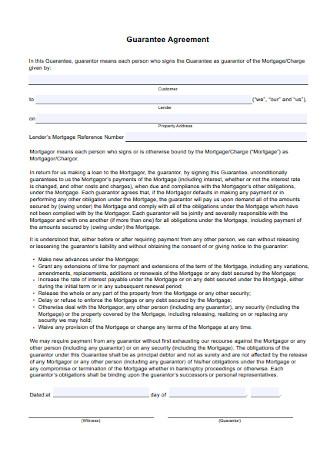
Sample Guarantee Agreement
download now -
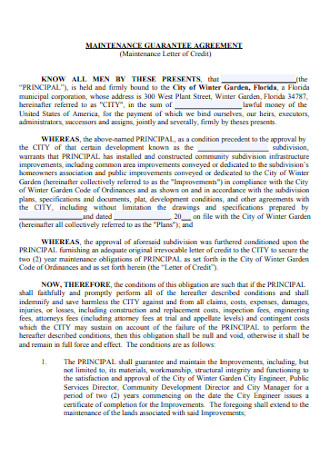
Maintanance Gurantee Agreement
download now -
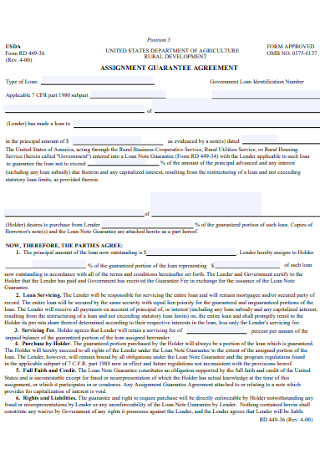
Assignment Guarantee Agreement
download now -
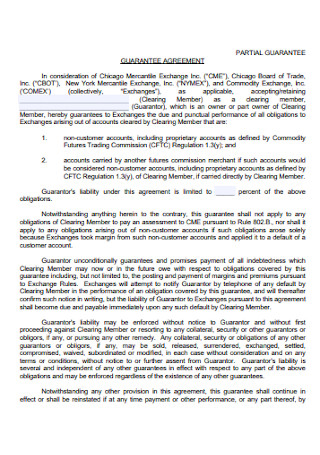
Partial Guarantee Agreement
download now -
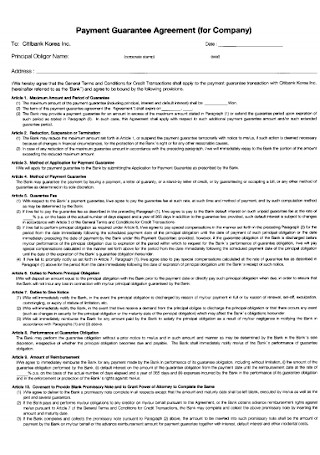
Payment Guarantee Agreement
download now -
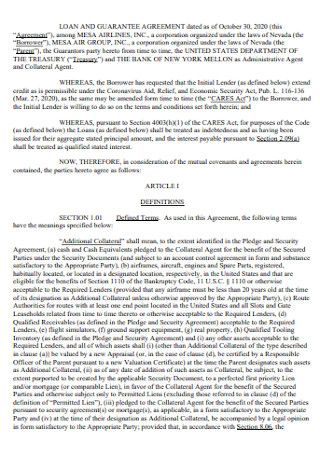
Loan and Guarantee Agreement
download now -
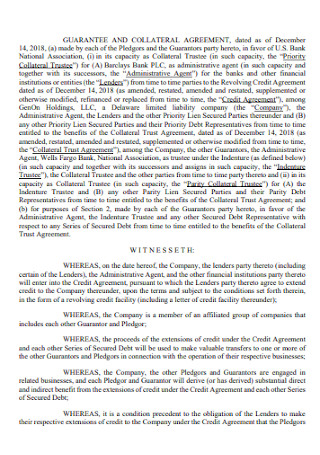
Gurantee and Collateral Agreement
download now -
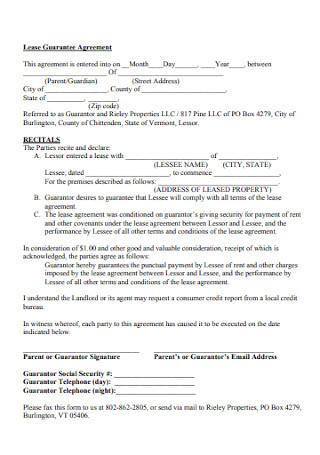
Lease Guarantee Agreement
download now -
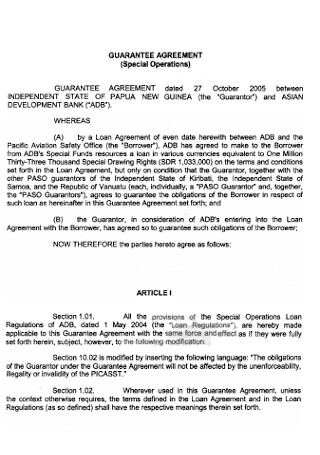
Formal Guarantee Agreement
download now -

Master Guarantee Agreement
download now -
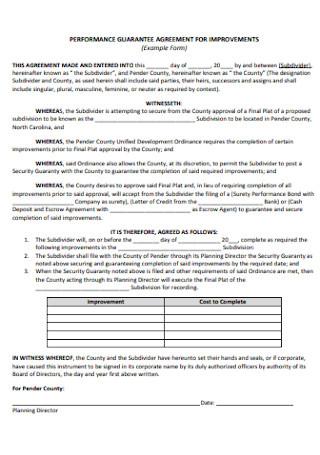
Guarantee Agreement for Improvments
download now -
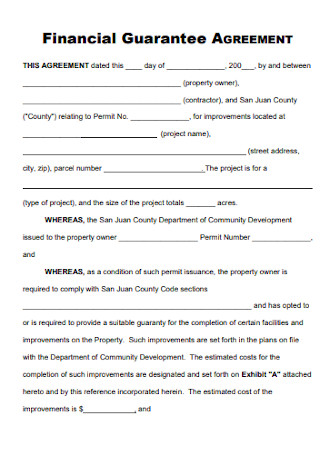
Financial Guarantee Agreement
download now -
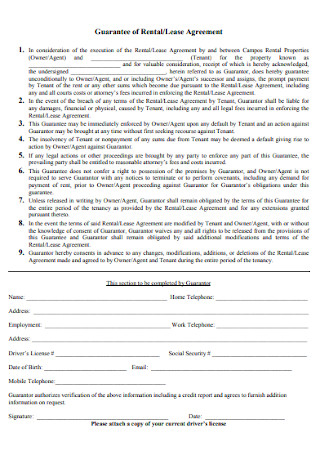
Guarantee of Rental and Lease Agreement
download now -
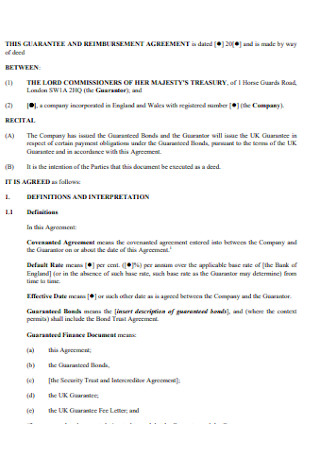
Guaranttee and Reimbursement Agreement
download now -
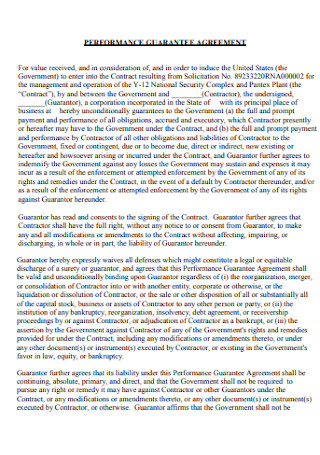
Sample Performance Guarantee Agreement
download now -
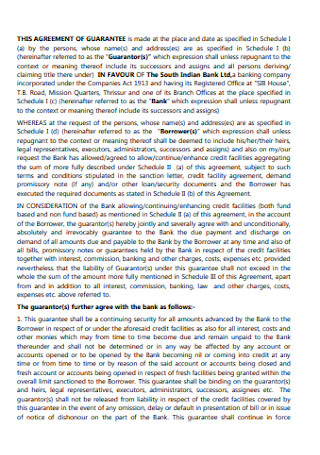
Agreement of Guarantee Format
download now -
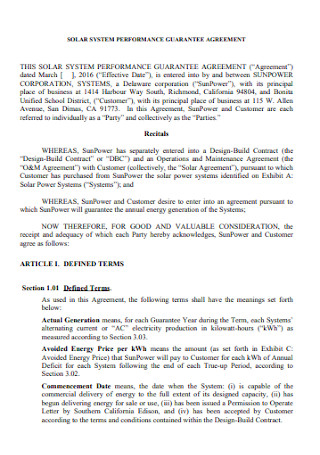
Solar System Performance Guarantee Agreement
download now -
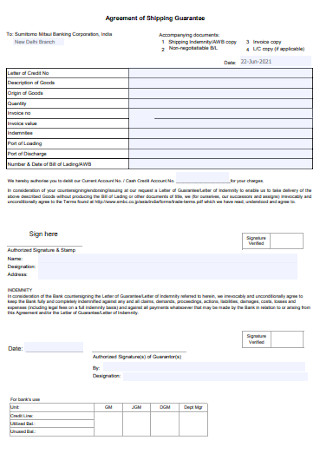
Agreement of Shipping Guarantee
download now -
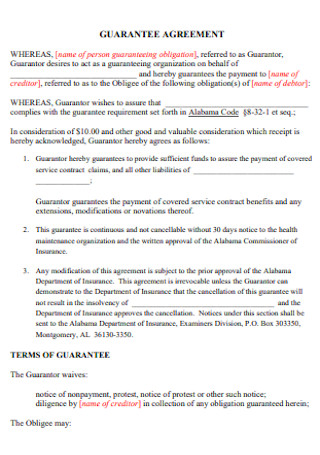
Basic Guarantee Agreement
download now -
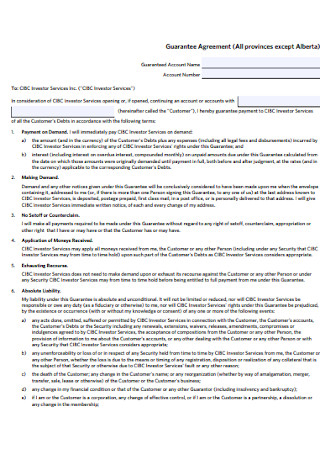
Simple Guarantee Agreement
download now -
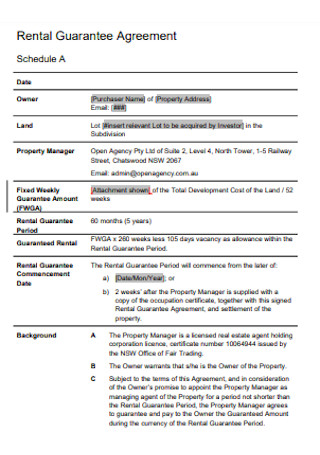
Rental Guarantee Agreement
download now -
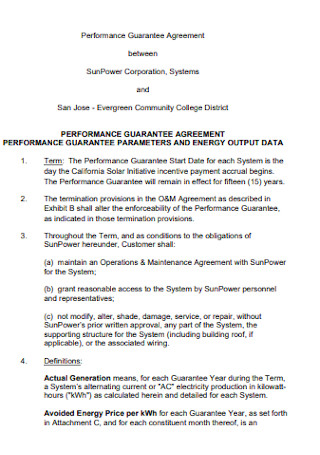
Performance Guarantee Agreement
download now -
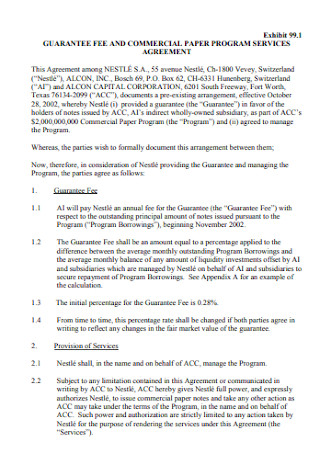
Commercial Program Guarantee Agreement
download now -

Guarantee Sales Agreement
download now -
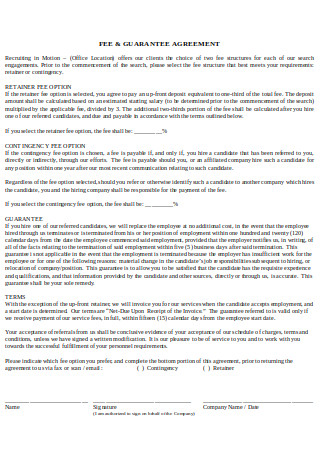
Fee Guarantee Agreement
download now -
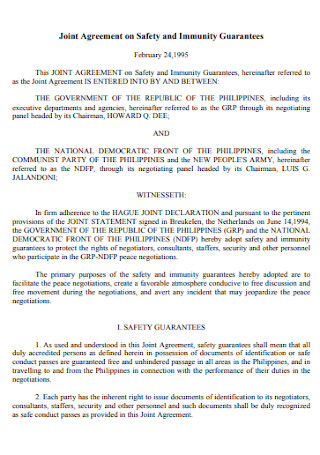
Joint Agreement on Safety Guarantees
download now -
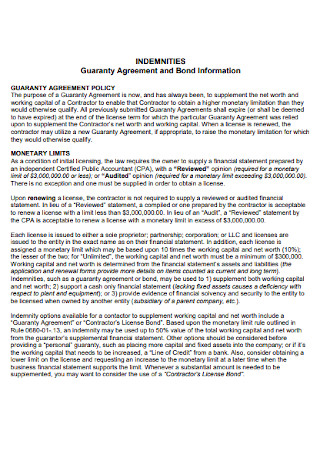
Guaranty Bond Agreement
download now -
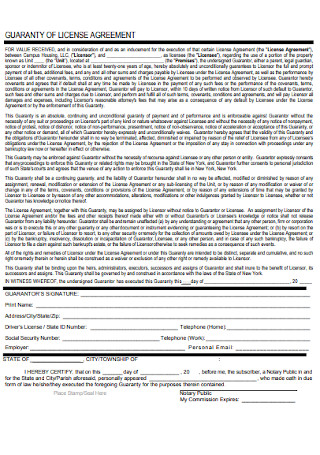
Guaranty of License Agreement
download now -
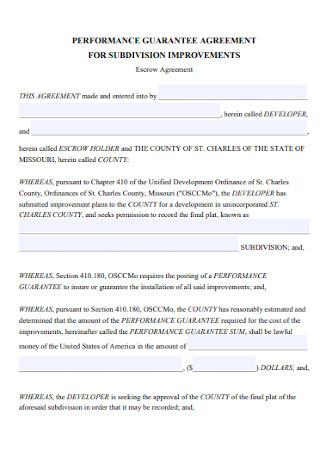
Guarantee Escrow Agreement
download now -

Third Party Guarantee Agreement
download now -

Guarantee Property Management Agreement
download now -

Housing Guarantee Agreement
download now -
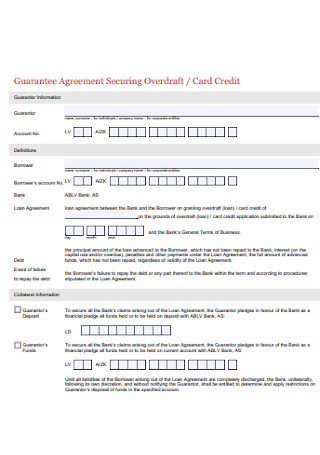
Credit Card Guarantee Agreement
download now -
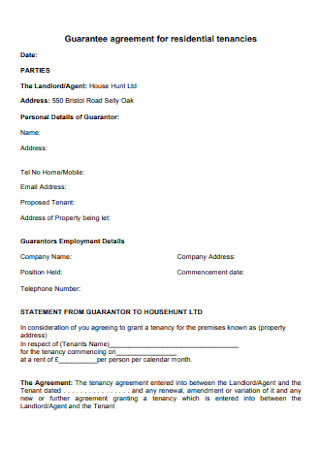
Guarantee Agreement for Residential Tenancies
download now -
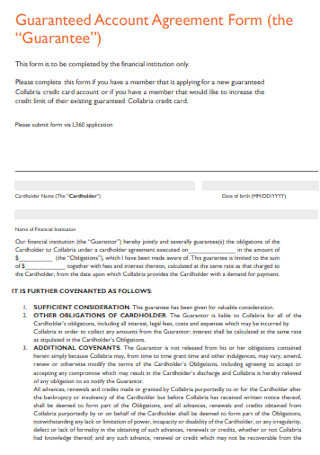
Guaranteed Account Agreement Form
download now -
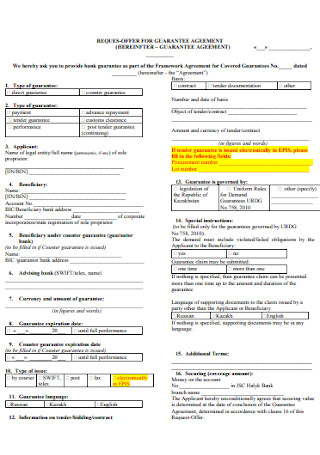
Request Offer of Guarantee Agreement
download now -
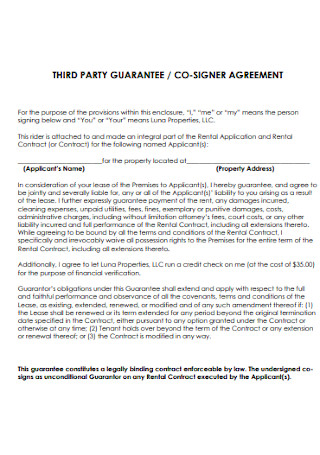
Guarantee and Co-Signer Agreement
download now -
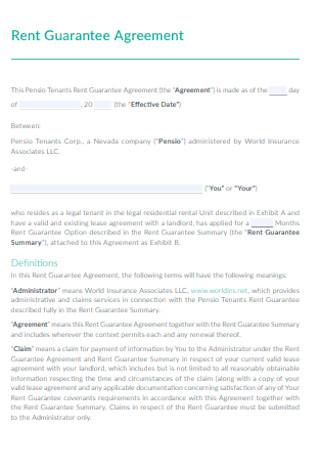
Rent Guarantee Agreement
download now -
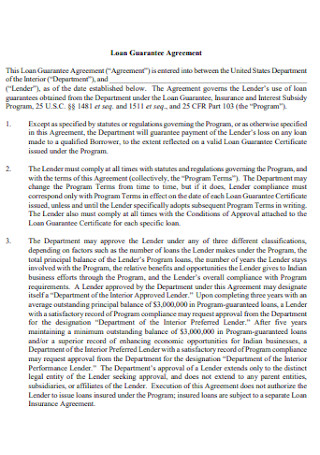
Loan Guarantee Agreement
download now -
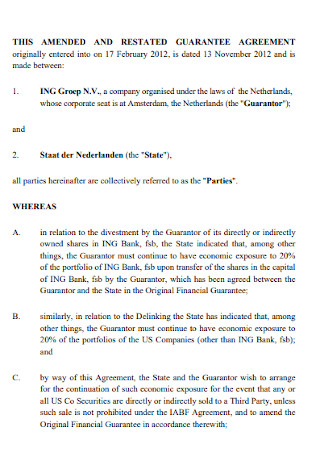
Ammendment and Rested Guarantee Agreement
download now -
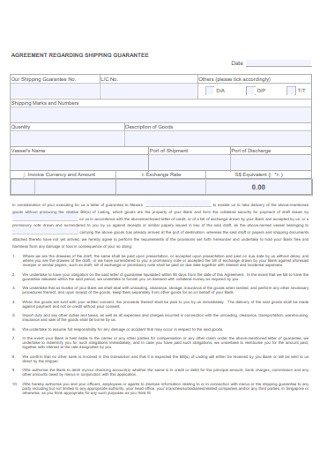
Agreement Regarding Shipping Guarantee
download now -
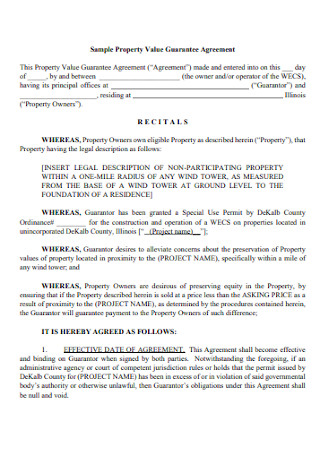
Sample Property Value Guarantee Agreement
download now -
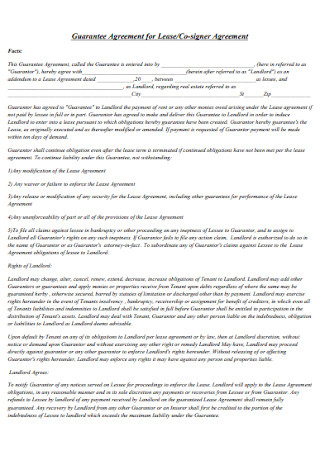
Guarantee Agreement for Lease
download now -
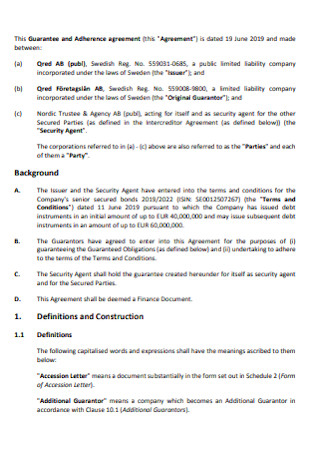
Guarantee and Adherence Agreement
download now
FREE Guarantee Agreement s to Download
43+ Sample Guarantee Agreements
What is a Guarantee Agreement?
Types of Guarantee
How to make a Guarantee Agreement?
FAQs
Who are the involved parties to a guarantee agreement?
What happens if the guarantor cannot pay the loan?
When is a product guarantee agreement needed?
mortgage
What is a Guarantee Agreement?
A Guarantee Agreement is an agreement through which someone else “guarantees” loans or debts of an individual. In other words, when a person takes out the loan or debt defaults or does not pay, the guarantor party agrees to pay the amount being owed. The Guarantee Agreement is signed by just one party only which is the Guarantor but the agreement is concluded between the three parties: the creditor, which extends the credit, the debtor who owes money and the guarantor, who agrees to pay the amount if the debtor fails to. This type of agreement is most commonly used in loans for college tuition where the government would agree to be the guarantor. The parties involved in this situation are the creditor which is the bank who provides the money for tuition, the guarantor which is the government, and the debtor which is the student. If the time comes and the student fails to pay the loan, the government will pay the loan for the student as a guarantor.
Types of Guarantee
Guarantee agreements aim to protect the lender from debts and loans being unpaid or unresolved. Here are the different types of guarantee agreements that differ according to how they’re used.
How to make a Guarantee Agreement?
This article provides different samples of the different types of guarantee agreement templates. Whether you’re looking for a guarantee agreement for loan, guarantee agreement for payment or just basic guarantee deed or agreement, there are downloadable templates for you. If you want to make your own, you can follow these steps.
Step 1: Title
The name for the document, which is the Guarantee Agreement, should be at the top of the page, ideally in the middle. To emphasize the title, the font must be bigger than the rest. This is so that the readers know what the document is all about.
Step 2: Introductory Paragraph
Introduce the agreement in a brief paragraph to inform the reader about the upcoming paragraphs. The effective date and the length of the agreement may be included. This can also contain the names of the firms involved and the primary addresses of the parties, you only have to determine the guarantee agreement format you’d like.
Step 3: Introduction of the parties involved
Depending on your formatting, the names of the parties could be included in the introductory paragraph or be in a separate short paragraph. Here you introduce the names of the creditor, the debtor and the guarantor. The creditor or a lender is the one that lets the other party borrow money like a large financial organization such as a bank. Debtors, be they banks, or other persons, are individuals or companies which owe money. Debtors are often referred to as borrowers when the funds are owed to a financial institution or a bank. Guarantors are individuals who pledge to repay the debt if the debtor or borrower fails to do so.
Step 3: Body of the Agreement
In this part, there are several clauses you must include but that depends on what your needs are, as a lender. This part is very complex and it should be. Here, you enumerate all the important details you want to happen. This includes clauses that describes that the guarantor guarantees to provide sufficient funds to assure the payment of covered service contract claims, and all other liabilities, guarantor guarantees the payment of covered service contract benefits and any extensions, modifications or innovations thereof, the guarantee is continuous and not cancellable without certain days notice to the health maintenance organization and the written approval of the court. It also includes a clause that states any modification of the agreement is subject to the prior approval of the court. Just make sure that the clauses included are designed to protect the lender.
Step 4: Section completed by the guarantor
Naturally, the parties involved should submit signatures, like any other legal documents or contracts, to ensure that they have read, understood and approved all the conditions contained in the contract and to maintain the terms of the agreement. In this agreement the guarantor is the only party that is required to sign. Other authorized people can sign too but the most needed sign is that of the guarantor’s because this entire agreement is for the guarantor.
FAQs
Who are the involved parties to a guarantee agreement?
Different types of guarantees are used depending on their purpose but there are usually 3 main parties involved in a guarantee. These are the creditor, the debtor and the guarantor. The creditor or a lender is the one that lets the other party borrow money like a large financial organization such as a bank. Debtors, be they banks, or other persons, are individuals or companies which owe money. Debtors are often referred to as borrowers when the funds are owed to a financial institution or a bank. Guarantors are individuals who pledge to repay the debt if the debtor or borrower fails to do so.
What happens if the guarantor cannot pay the loan?
If the guarantor is unable to repay, the lender will investigate why the guarantor is unable to do so and will find a reasonable solution to this situation. However it is usually improbable that the guarantor will not be able to pay for the loan, unless the conditions significantly alter, because guarantors to qualify, they have to have sufficient property to answer for the obligation which he guarantees.
When is a product guarantee agreement needed?
Most customers find guarantee agreements on their way while buying a product or recruiting someone to carry out a service. It might be extremely easy or rather difficult to enforce, depending on the degree of the promise. Companies can fix durations on product warranties that restrict the ability of the buyer to reimburse a goods.
What is the role of a guarantor in a mortgage?
In case the participating party does not live up to its agreement, this involves the consent of a third party called a Guarantor that provides guarantee of payment. The bank will, for instance, seek a guarantor to make good on the mortgage contract when a homeowner fails to pay the mortgage.
A clear and well written guarantee agreement, no matter how long it is, shows clearly what the parties, may it be an individual or a corporation, of what is expected to do and what their positions are. A guarantee agreement, like any other legal contract, helps the parties to work better together and binds them legally of their obligations. Make sure everyone understands what is written in it and act upon it. In short, make sure that the signed agreement is a quality guarantee agreement that ensures the lender’s protection.
